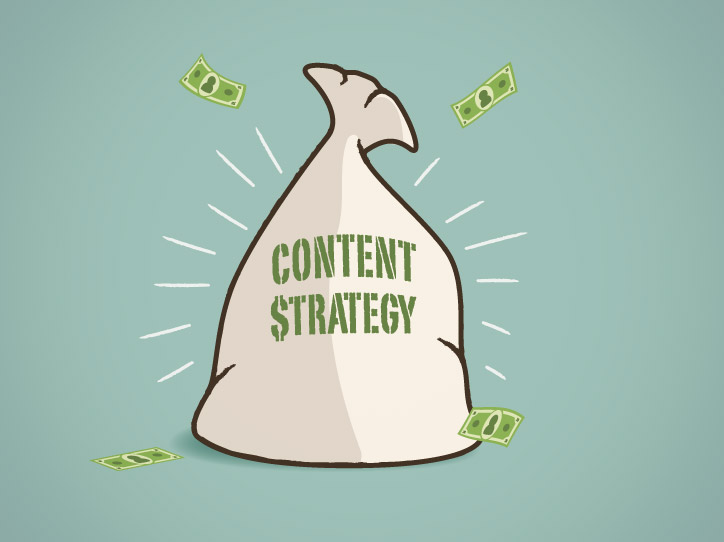Almost every organization has their own sales methodology. It may not have a name and your sales team may not follow its tenets religiously, but there’s likely a methodology present if you look closely.
So, after thinking about it for a moment, how does your team sell?
If there’s little method to the madness, let us suggest a methodology that could help convert more of those leads into ironclad sales: consultative selling.
For those plugged into the business community over the last few decades, this term will likely sound familiar. The phrase first hit the scene back in the 1970s with the publication of the book Consultative Selling: The Hanan Formula for High-Margin Sales at High Levels, penned by author Mark Hanan.
While the concept has been around for the better part of forty years, its overarching principles still hold significant value when applied to the sales process.
So, what does consultative selling look like and how can it help your organization meet its sales goals?
Defining Consultative Selling
The primary principle that makes consultative selling different from other sales approach is its staunch focus on the customer and their needs.
HubSpot aptly describes this concept: “The consultative sales process is primarily focused on the experience that the potential customer (the lead) feels and sees during their interactions with you. It’s about the how you find ways to provide your leads with value and make it all about them. Not your product, your business, your numbers. The consultative sales process is most especially not about you.”
Essentially, the focus is entirely on the customer’s pain points and needs rather than hawking a product or service. While this may seem counterintuitive at first glance, selling solutions to your leads is a softer (and often more effective) approach. And that’s the first way it can broadly help your business.
Placing the Focus on Solutions
Consultative sales is also commonly known as solution sales. And that’s exactly what sales people are now working toward — learning a customer’s issues, and selling them your product or service based on how it can meet their needs.
That inverts many sales processes. Rather than browbeating customers to buy into your product or service through elevator pitches or long sales speeches, you listen to their pain points. Sales people must listen first and then offer genuine insights. Offering canned answers to customers will make sales people come off as disingenuous. But truly listening and offering tailored tools based on what you’re hearing often encourages leads to take the leap and invest. When they feel you’ve invested the time to get to know their needs, they may be more likely to invest their dollars in your solution.
Sales People Become Experts
When sales people are assisting customers and listening to their concerns, it’s crucial to know the company’s product/service inside and out. You can’t effectively offer what your company sells as a solution if you don’t know the ins and outs of your product.
Through the consultative selling process, your sales people are forced to become experts on your company and what it sells. And having a plethora of product experts on hand is never, ever a negative thing.
Better Align Products With Customer Needs
When this selling method is implemented properly, your organization will have access to a wealth of data on prospects. You’ll have a clear idea of the wants, needs and pain points of your ideal customer (and what that ideal customer looks like from a demographic standpoint).
When the sales team is constantly receiving customer feedback on what they’re looking for, it’s far easier to pass that feedback back to managers.
And in the spirit of continuous improvement, business leadership can realign product offerings or create new services that better meet the needs of the customers you’re targeting. Whether that’s changing marketing tactics, tweaking branding or brainstorming new services that help customers.
The Bottom Line
Consultative selling, when implemented properly, obviously has numerous benefits. The aforementioned reasons are just a few of the ways businesses can profit from this concept.
If your sales team is on the prowl for a new sales methodology, consultative selling is worth considering.
read more










